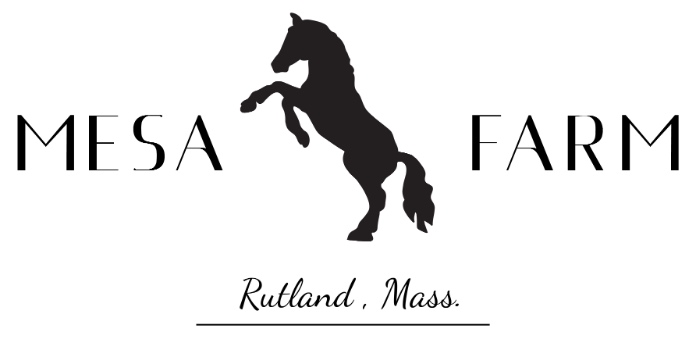August 1, 2020
Aug 4, 2020 | By: Mesa Farm
Share
Poultry... poultry.... poultry....
Sixty 2 day old chicks arrived from Pennsylvania via USPS on Wednesday. Little chicks can go 3 days without food and water after hatching as long as they are warm. These new birds will be raised specifically for meat. Ten of them will go to our friend, Leslie (in exchange for some young laying hens) and the other 50 will be processed and put in our freezer in 12 weeks.
I usually have them arrive in late June or early July but apparently, due to Covid-19, lots of people decided to raise their own meat this summer and this was the earliest I could obtain chicks when I ordered them back in May. Due to the Covid popularity shortage, these aren't the exact genetics I usually get but are close, so they should do fine. Another difference this year, though, is usually I get all males, but had to order straight run, which means about 1/2 will be females. The hens will not grow as quickly or large as the males.
The meat chickens you purchase in grocery stores grow to butcher size in 6 to 8 weeks. They are almost always a Cornish Cross hybrid breed that are so genetically selected for meat production that they pretty much just stand around and eat. If there is always food for them to eat they will grow so fast that if they aren't butchered by the time they are 9 or 10 weeks old they will often die of heart attacks or get so heavy they won't be able to walk.
I order slower growing birds that are good foragers. They take more feed and are less efficient but they are very hardy and much more flavorful than the typical grocery store bird. They do get pricey to produce as even though they will forage for food, most of their diet must be purchased grain and isn't very easy or efficient to grow grain in a wet climate like New England. We feed our meat chickens organic grain which can cost about 70 cents per pound. You don't want to waste feed at that price. So if it takes a little over 3 pounds of feed to produce 1 pound of chicken an 8 pound bird (which will dress out at a little under 6 pounds of meat) will eat over 25 pounds of feed in it's life. No wonder organic chickens cost so much! That doesn't take into account the labor and other cost of raising the birds (plus the risks of death by illness, predator, or accident). The above numbers are rough estimates, but this is why we don't sell these birds.. To make a real profit we'd need to increase production to be more labor efficient, purchase feed at a reduced bulk price, and have a different production model. But our little home production system works great for us as we save them for ourselves to eat and, take my word for it, Ann knows just how to cook them and there is no comparison between them and a grocery store bird.
Have a blessed sabbath day.
First photo: Best trail camera photo of the previous week. There are 4 turkeys in this picture. Email me if you can't spot them all and I'll tell you where each is.
Second photo: The baby chicks, just placed in the brooder pen. This year the males are all named Colby (after one of our riding students; last year they were Harvey) and I guess we'll need to come up with a name for all the females.
Third photo: The peafowl family. 4 birds in this photo as well!

